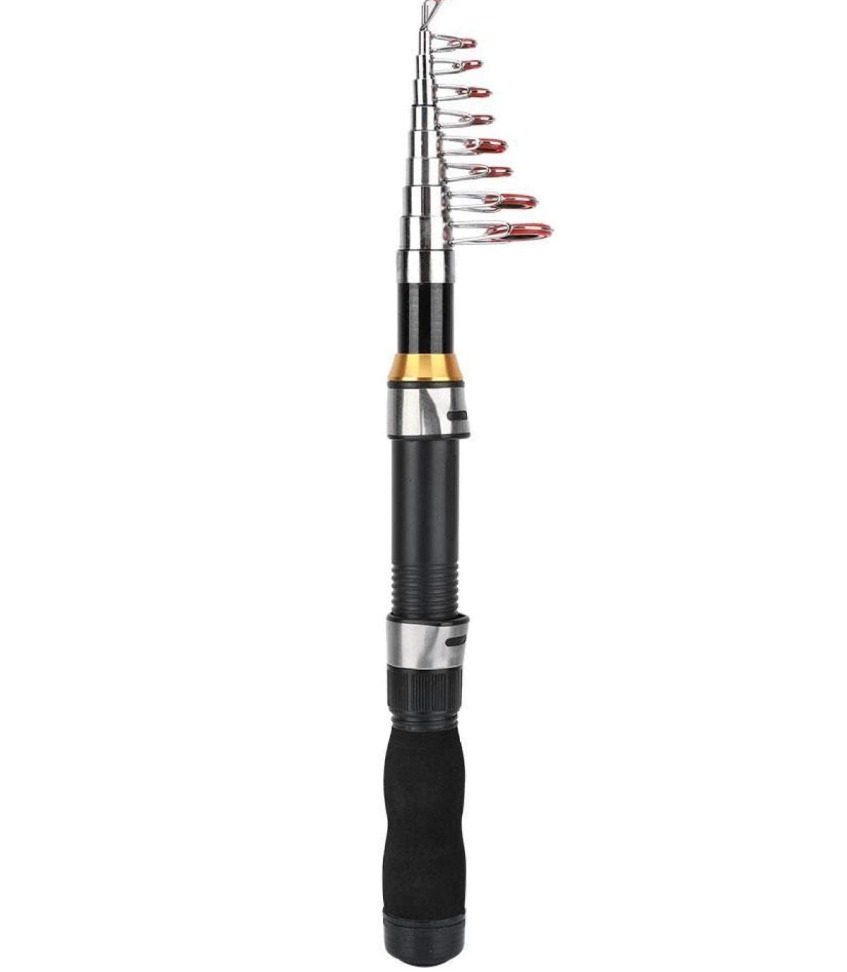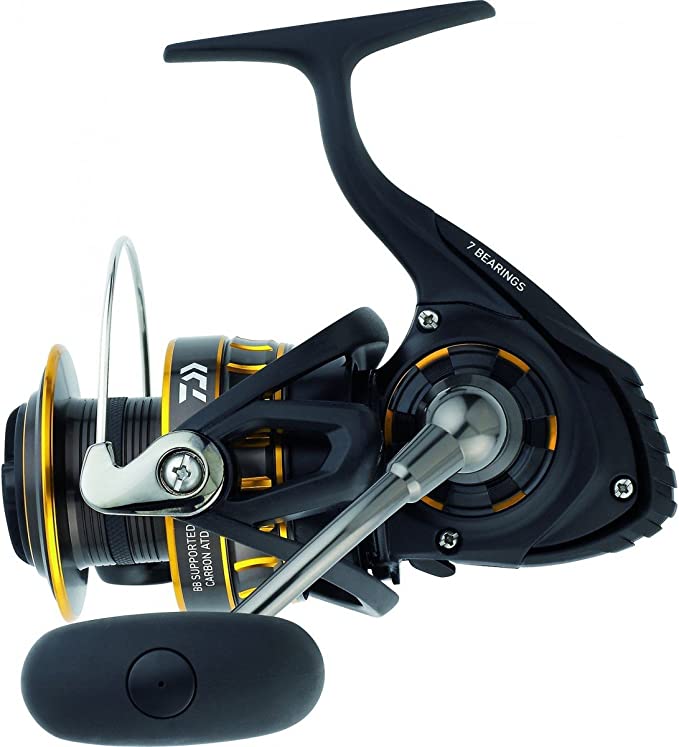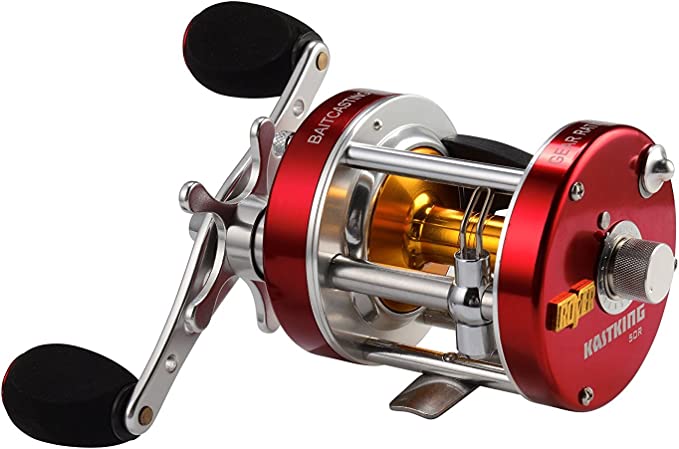Guide Gear Base Camp Tent: Your Spacious and Durable Home Away From Home
Update on June 13, 2025, 11:22 a.m.
The pull of the wilderness is an ancient call, a siren song promising adventure, connection, and a respite from the everyday. We venture forth with friends, family, or fellow hunters, seeking to forge memories under open skies. But as the sun dips and the elements stir, our thoughts turn to shelter – not just any shelter, but a sanctuary, a true “home away from home” capable of weathering storms and cradling dreams. The challenge, then, is to find or create such a haven. Today, we’re not just looking at a tent; we’re deconstructing an engineered refuge: the Guide Gear BC-200 Base Camp Tent, exploring the science and thoughtful design woven into its fabric.

Deconstructing the Fortress: More Than Just Canvas and Poles
A base camp tent, by its very name, suggests a hub of operations, a place of comfort and security for extended stays. The Guide Gear BC-200 steps into this role with imposing dimensions, but its true strength lies in how these dimensions and features translate into a livable, adaptable environment, thanks to some clever applications of scientific principles.
The Science of Space: Beyond Mere Square Footage
First, let’s talk scale. A 14-foot diameter coupled with a generous 10-foot center height isn’t merely about boasting large numbers. Geometrically, this translates into a voluminous interior (approximately 154 square feet of floor space if we assume a circular footprint, common for such “diameter” specified tents). For its stated 14-person occupancy, this means more than just a place to lie down; it offers crucial stand-up room for most adults. This vertical freedom is a significant factor in long-term comfort, reducing a sense of confinement and facilitating easier movement, changing, and organization within. Psychologically, ample space in a shared environment is a well-documented contributor to a more harmonious group experience. Moreover, this large volume of air plays a role in temperature regulation and ventilation, which we’ll delve into shortly. While 14 people might be a tight squeeze for optimal comfort with gear, the sheer capacity offers incredible flexibility for smaller groups desiring palatial comfort or needing to store extensive equipment for hunting or extended expeditions.
The Hearth of the Camp: Mastering Cold with the Stove Jack
Perhaps one of the most compelling features for the all-season adventurer is the integrated stove jack, designed to accommodate a 5.5-inch stove pipe. This single feature transforms the BC-200 from a mere shelter into a potentially cozy haven, even when winter’s icy breath is upon the land. The science here is fundamental thermodynamics. A wood-burning stove placed inside radiates heat, warming occupants and surfaces directly, and also heats the air through convection, creating a warm, circulating current. The product description mentions an included heat shield, a critical safety component. Typically crafted from fire-resistant materials, a heat shield acts as a thermal barrier, reflecting intense heat away from the tent fabric and preventing direct contact between the hot pipe and the tent wall, thus mitigating fire risk. While the exact material of the stove jack and shield isn’t specified in the provided data, industry best practices dictate materials like silicone-coated fiberglass or similar high-temperature resistant composites for such applications. The enthusiastic user feedback from Richard S. Biddle, who stated his “wood stove worked great in it,” offers a powerful real-world testament to the practical efficacy of this engineered warmth solution. Of course, any internal combustion requires vigilant attention to ventilation and safety, a topic the tent’s design also addresses. It is paramount to always follow stove manufacturer guidelines and ensure adequate fresh air intake and exhaust when using any stove inside a tent to prevent carbon monoxide buildup, a colorless, odorless, and potentially lethal gas.

Breathing Easy: The Aerodynamics of All-Season Ventilation
Whether battling summer humidity, managing condensation from multiple occupants in cool weather, or ensuring proper airflow when a stove is in use, effective ventilation is non-negotiable. The BC-200 tackles this with a vented crown and five strategically placed windows. This isn’t just a random assortment of openings; it’s a system designed to work with the natural laws of fluid dynamics. Hot air, being less dense than cooler air, naturally rises – this is the principle of convection. The vented crown, situated at the tent’s peak, allows this warm, often moisture-laden air (from respiration, perspiration, and cooking) to escape. Simultaneously, the five windows, when opened, can create cross-ventilation. This occurs when wind pressure differences across the tent draw fresh air in through openings on one side and expel stale air out through openings on the other, promoting a continuous exchange. This system is crucial for minimizing condensation, that unwelcome dampness that can form on a tent’s inner walls when warm, moist interior air meets a cooler tent fabric. As “frame maker” noted in their review, the tent offers “Lots of room and good ventilation,” underscoring the success of this design in maintaining a more comfortable and healthier internal atmosphere.

The Unyielding Shield: Understanding Weather Resistance
Keeping the elements out is a tent’s primary directive. The BC-200 is described with “Water Resistance Technology 1800mg” and features a “bathtub-style floor” made of silnylon. Let’s unpack this. The “1800mg” figure is an unconventional metric for water resistance. Typically, this property is measured in millimeters of hydrostatic head (mm HH), which quantifies the column height of water a fabric can withstand before leaking (e.g., 1500mm HH is considered waterproof for light rain, while 3000-5000mm HH is common for tent floors and expedition tents). While “mg” (milligrams, a unit of mass) isn’t directly translatable to pressure without further context (like area), we can infer that the manufacturer is using this figure to denote a significant level of water repellency for the main tent fabric, which is listed as Polyester or Nylon. These synthetic fabrics are inherently hydrophobic (water-repelling) to a degree and are almost always treated with waterproof coatings (like polyurethane or silicone) to enhance this property.
The “unsung hero” in the battle against moisture is often the floor, and here the BC-200 specifies silnylon for its “Tent Floor Material.” Silnylon is a high-performance fabric where nylon has been impregnated or coated with silicone. This process makes it exceptionally waterproof, remarkably strong for its weight, highly tear-resistant, and flexible even in cold temperatures. The “bathtub-style floor” is a crucial design element where the waterproof floor material extends several inches up the lower walls of the tent, creating a continuous, impervious basin. This effectively prevents groundwater, splashes, and wind-driven rain from seeping in at the tent’s base – a common failure point in lesser designs. Alice Martin’s confirmation of the tent being “water resistant” aligns with these material and design choices.

The Anatomy of Endurance: Materials and Structure Forged for the Wild
A base camp shelter is an investment, expected to withstand the rigors of repeated use across varied terrains and seasons. The BC-200’s durability stems from careful material selection and sound structural principles.
The Backbone: The Strength of Aluminum and Robust Fabrics
The skeletal framework of any tent is its poles, and the BC-200 utilizes Aluminum for this purpose (“Pole Material Type: Aluminum”). Aluminum alloys, particularly series like 6000 or 7000, are a mainstay in quality tent construction due to their excellent strength-to-weight ratio, resistance to corrosion, and ability to flex under load without permanent deformation (within limits). This makes them ideal for supporting the large expanse of fabric that constitutes a 14-person tent. The main tent body, described as being made from “robust and durable materials” and specified as Polyester or Nylon under “Rainfly Material” (and presumably the main canopy), leverages the inherent strengths of these synthetic fibers. Polyester offers good UV resistance and low water absorption (meaning it sags less when wet), while nylon is known for its impressive tensile strength and abrasion resistance. Often, these fabrics are woven in a ripstop pattern to prevent small tears from propagating.
Form Follows Function: The Stability of a Base Camp Design
While the technical details present a slight ambiguity, listing the “Shape” as “Rectangular” yet providing a “14’ diameter,” the latter dimension, combined with the “Base Camp Tent” descriptor and typical high-capacity designs, strongly suggests a circular, bell-shaped, or multi-sided polygonal footprint. Such shapes are inherently more stable in windy conditions compared to large, flat-sided rectangular structures. The curved or angled surfaces allow wind to flow around the tent more smoothly, distributing the load and reducing pressure on any single point. This aerodynamic advantage is critical for a large structure intended for all-season use. Richard S. Biddle’s experience of it having “held up great in these Texas winds” provides valuable anecdotal evidence of its structural resilience, assuming it was properly staked and guyed out – a fundamental requirement for any tent’s wind performance. Properly utilizing all guy lines and stakes, tailored to ground conditions, is crucial for maximizing any tent’s stability in adverse weather.
The Human Element: Practicalities, Perceptions, and the Pursuit of Perfection
Beyond the cold, hard science and engineering, a tent’s success is also measured by the human experience of using it.
The Weight of Comfort: Acknowledging the 62-Pound Reality
With an Item Weight of 62 Pounds and packed dimensions of 31”L x 15”W x 15”H, the Guide Gear BC-200 is undeniably a hefty piece of equipment. This isn’t a tent you’ll be casually slinging into a backpack for a multi-day hike. Its weight is a direct consequence of its spaciousness, robust materials, steel components (listed under “Material” alongside aluminum), and features like the stove jack assembly. This firmly places it in the “base camp” category, best suited for car camping, established hunting camps, or any scenario where gear can be transported close to the setup site. The comfort and all-season capability it offers are a trade-off for this substantial weight.
The Assembly Experience: Simplicity and the Quest for Clearer Instructions
Setting up a large tent can be daunting. User feedback on the BC-200’s assembly is mixed, highlighting a common aspect of outdoor gear. Derrick C. found it had an “Easy set up.” Conversely, “frame maker” commented, “The directions are a bit confusing but once you figure it out it sets up easy with two people.” This suggests that the tent’s design likely aims for a relatively straightforward setup (often, large bell-style tents use a single center pole and radial guy-outs, or a simple multi-pole frame), but the clarity of the provided instructions can be a stumbling block for some users initially. This is a frequent point of feedback across many complex outdoor products, emphasizing the importance of well-written and clearly illustrated manuals.
Beyond the Specs: The Sum of All Parts
Sometimes, it’s the smaller details that round out the user experience. Alice Martin’s comment, “Great zippers Great space,” points to the importance of functional components like durable zippers (the technical details confirm a “Zipper” closure and “1” door). A sticky or broken zipper can render a tent frustrating, if not unusable.
Epilogue: The Science-Infused Sanctuary
The Guide Gear BC-200 Base Camp Tent, when deconstructed, reveals itself to be more than just an assembly of fabric and poles. It’s a carefully considered system where principles of geometry, thermodynamics, fluid dynamics, material science, and structural engineering converge to create a functional, adaptable, and resilient shelter. The spacious interior caters to group comfort, the stove jack extends its usability into the colder months, the ventilation system manages the internal climate, and the robust materials and design aim to withstand the caprices of nature.
Understanding the science behind our gear doesn’t diminish the magic of the outdoors; rather, it deepens our appreciation for the ingenuity that allows us to explore it more safely and comfortably. Whether you’re planning a multi-day family camping trip, establishing a hunting base, or simply seeking a reliable four-season refuge, the BC-200 presents a compelling case as an engineered sanctuary, ready to become the heart of many memorable adventures. It stands as a reminder that even in our pursuit of wild places, a little bit of applied science can make all the difference.


























